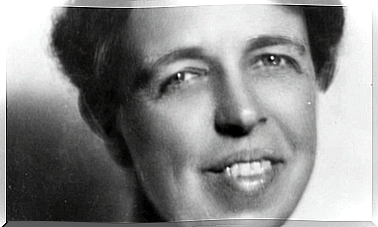Accompanying To Grow, A Current Challenge With A Vision Of The Future

Nowadays, many parents allow their children to do almost everything and it seems that there are no limits, or it is not known how to be there and impose limits and rules, as well as affection. With the laissez faire style they think they are helping their child to develop better as a person, but in reality they are not. The child, due to his vital stage and his short existence, needs clear references, certainties, support and love. Accompanying your child to grow is a complex process.
A concrete example might be when the child purposely throws something away or does something out of place and parents “reward” it in some way, showing how much fun their child is. In those cases the child is testing the limits and how far he can go. If nothing is done about it, the behavior usually worsens.
At this point it seems that the question for the child to develop better is to be more rigorous, but it is not. You do not have to solve absolutely everything for the child. As Montessori said: “Any unnecessary help is counterproductive.” On the other hand, avoiding at all costs to upset the child or prevent him from getting frustrated in some situation, far from being a tragedy, can help his development.
Accompanying to grow, a current challenge with a vision of the future
Limits are necessary
You have to set limits, lovingly but being firm. For example, if the child tries to hit a vase, it can be said firmly and warmly at the same time “don’t do that because you can break it, wet the floor and even hurt yourself. Besides, who would have to pick it up? ” The child will understand the limit and the safest thing is that he will not do it again, because he has already been explained why not to do it. It is important to talk to them and explain why.

In a previous article we explained two types of communication, open and closed. When we exercise open communication, the child can easily understand what he can do and how far the limit goes. In this way, you avoid problems by instilling guilt or fear as part of a more authoritarian strategy.
There are countless situations in which parents are forced to say “no” to their children. The question is not in doing it or not, but in how it is done. For example, if the child does not want to go to school because it is truly a waste of time and boring, there are two ways to get him to go.
- The first is “either you go to school or you are punished”
- The second is “look, you can not go to school, but if you don’t you will be home alone, you will lose the opportunity to find new friends and learn new things”
That second sentence is much more likely to motivate the child to go to school.
Accompanying the child in his growth will help him grow knowing what he wants

The key to accompaniment is to let the child do the things he likes and not to frustrate the dreams he has. But always looking at the appropriate way to channel their virtues within limits. If the child is motivated to study music, why not encourage that vocation? It is important to motivate him from a young age to do the things that he likes, that he is passionate about.
Therefore, the most important thing is that, from a young age, people are accompanied by their parents. Also, with clear rules and limits, and that their desires and vocations are encouraged.
In conclusion, accompanying them to grow up is the best legacy that a father can pass on to his son. Not only for the training that the child will have, but also for the transmission of teachings that he will give to his children in the future.









